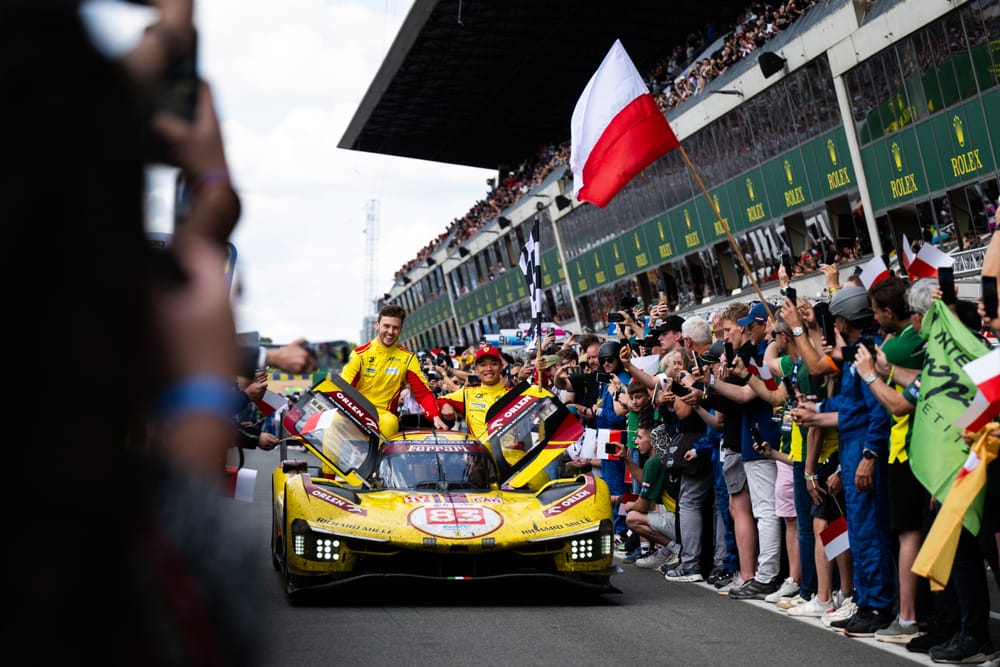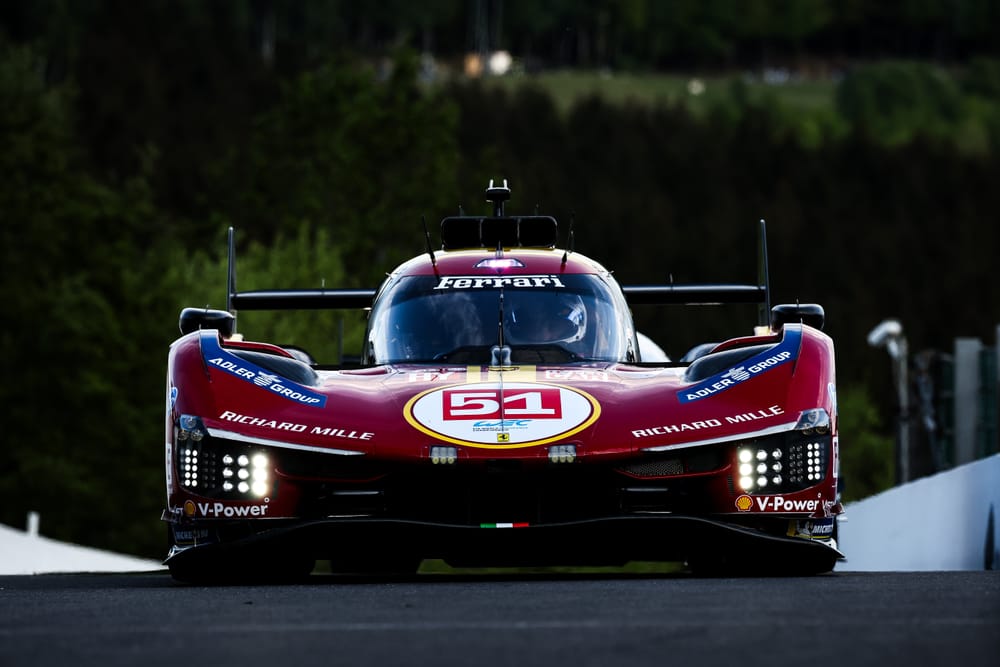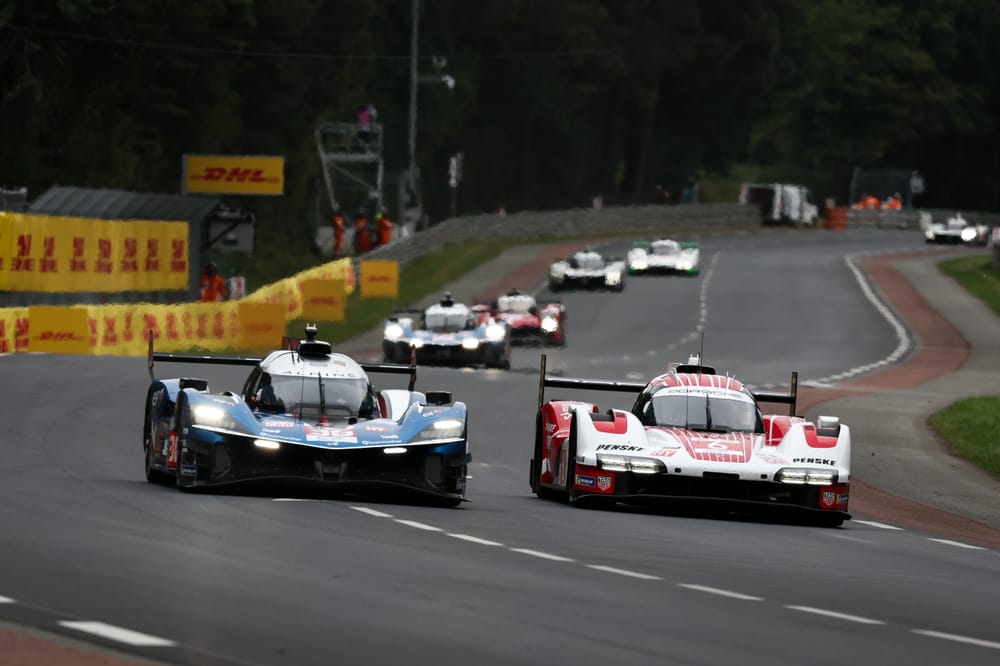Almost a month after the fact, the Le Mans 24 Hours was brought back into focus by the publication of Balance of Performance tweaks that should peg back Ferrari - the unbeaten, absolute class of the Hypercar field so far in 2025 - starting at Interlagos this weekend.
Just as all observers and competitors (except Ferrari!) had predicted, the Italian manufacturer controlled the 93rd edition of the Le Mans 24 Hours - even with a bespoke BoP for the World Endurance Championship's centrepiece event.
Without the intervention of the safety car during the night, the mistakes made by the drivers of both factory 499Ps, the mechanical issues, and surprisingly lengthy pitstops in the final hours, Ferrari could very well have swept the podium with a crushing 1-2-3.
But how has Ferrari reached such a level of dominance, seemingly despite the BoP? How did it manage to claim a third consecutive victory at Le Mans? Has it become truly unbeatable?
What changed in 2024
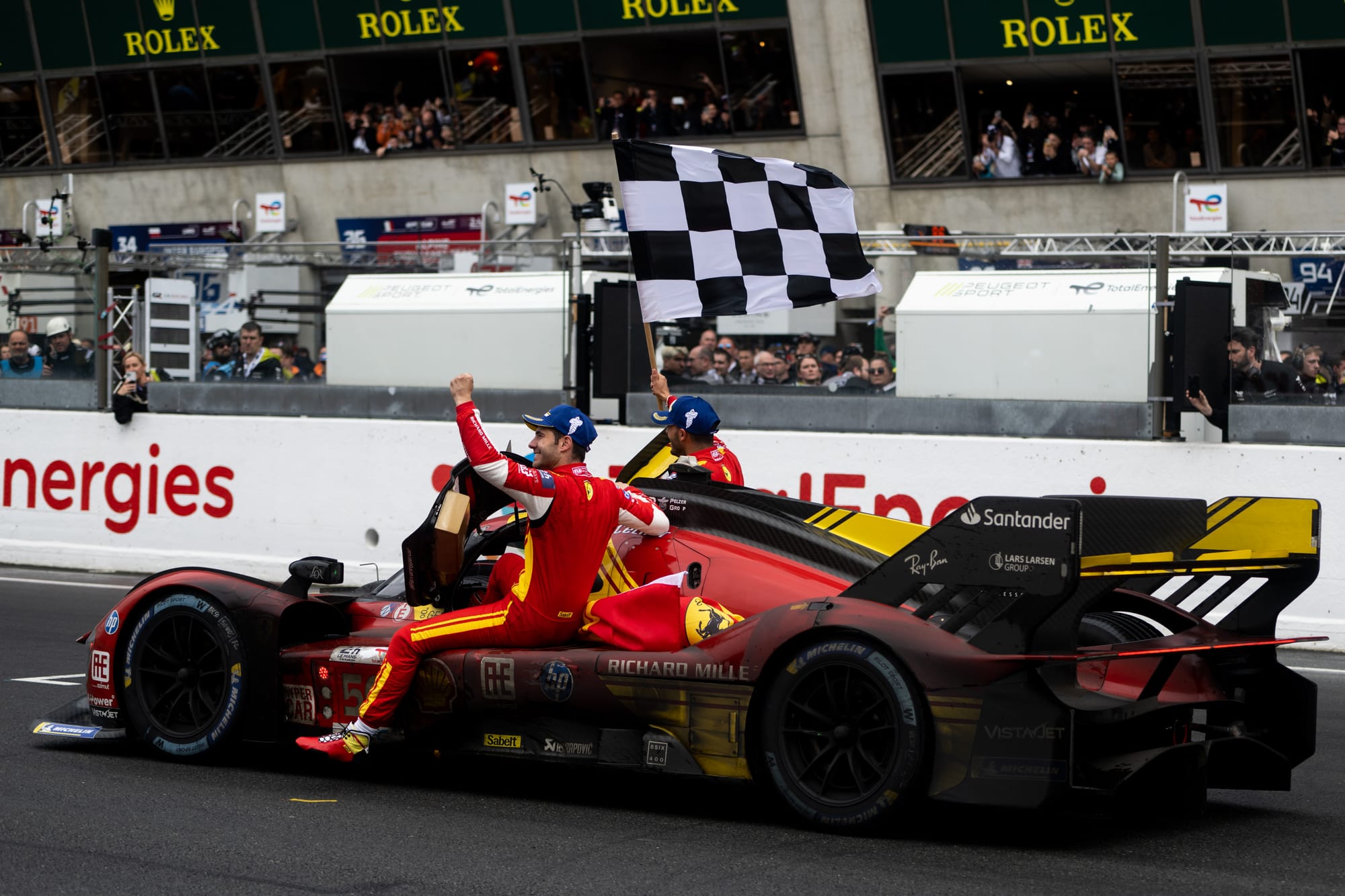
Let's go back a year. Since the 2024 edition of the Le Mans 24 Hours, the 499P has undergone some changes. After securing its second consecutive victory in La Sarthe last year, the car surprisingly appeared at the Sao Paulo 6 Hours with an Evo Joker.
"Despite the car's excellent performance in the 2023 season, we experienced limitations with brake cooling," said Ferrari's head of endurance race cars, Ferdinando Cannizzo at the time.
"Therefore, we defined and developed a new cooling duct design in the windtunnel and on the track to change the flow distribution and deliver greater efficiency. The modification impacted the balance of the 499P, which we restored to the desired value by adjusting other areas of the car.
"Specifically, we modified the underbody, adjusted the heights of some gurney flaps, and introduced a 'flick' under the front headlights.
"We don't expect improvements in laptimes, but greater versatility and easier adaptation of the car on circuits where braking performance is more demanding and decisive."
These justifications, however, weren't enough to stifle the many discussions triggered by the Evo Joker in the paddock. Was it requested or imposed to compensate for a top speed that raised many eyebrows among rival teams and sparked suspicions of aero flexibility?
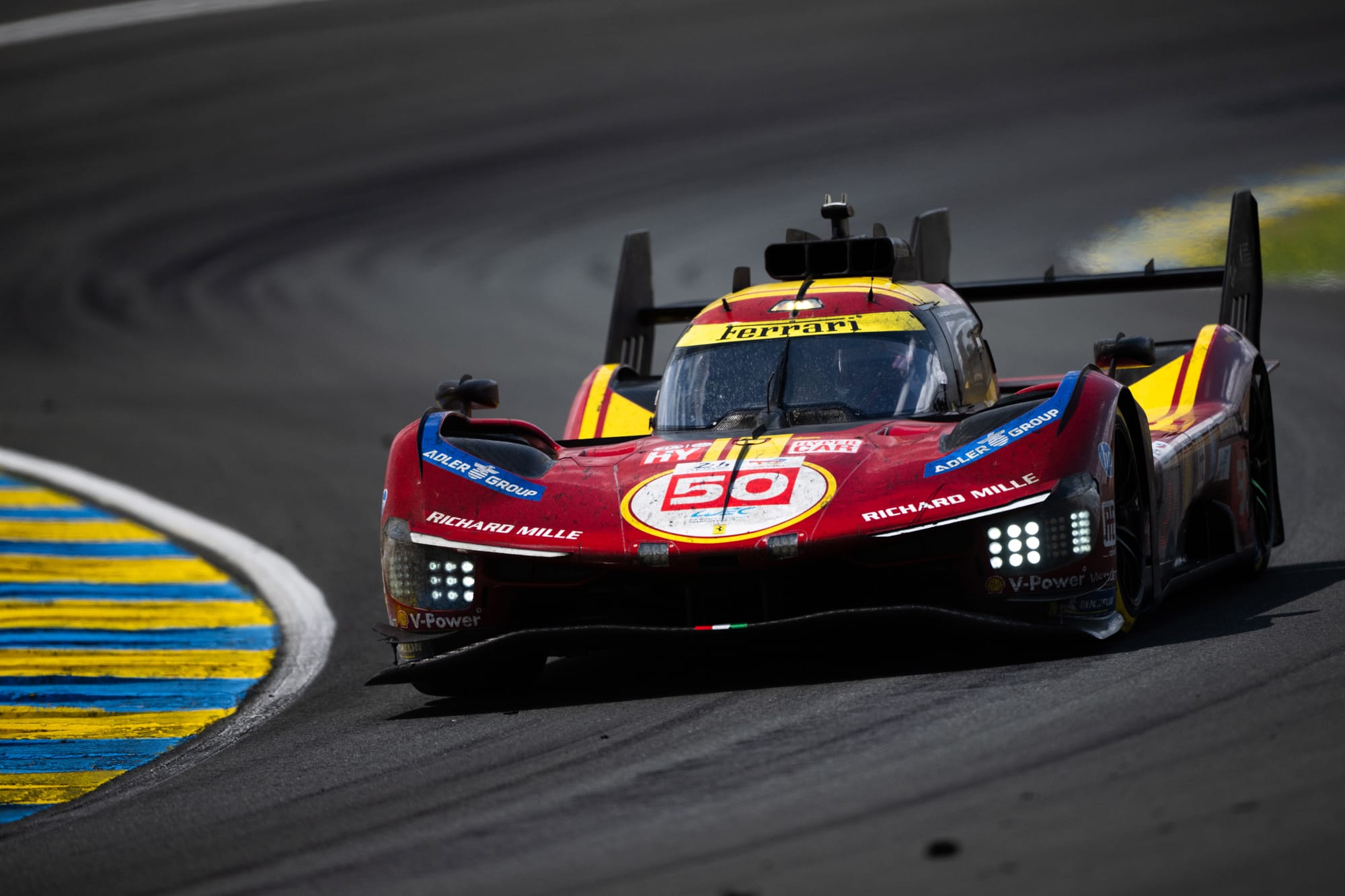
Since the car has always passed scrutineering without issue, it must be considered legal. Still, the doubts expressed by competitors are understandable, as nothing seemed to justify the approval of this Evo Joker by the governing bodies. Indeed, the regulations state that modifications to the original homologation can be made only for safety, reliability, serviceability, end of commercialisation, cost-saving, or performance.
Yet, the 499P was coming off a Le Mans win, and arguably should have also won that year's Imola 6 Hours and Spa 6 Hours outright. Performance could not be invoked. As for reliability, in 12 races (seven with two cars, five with three), the 499P had only one mechanical retirement: car #83 at Le Mans 2024, due to a hybrid system failure.
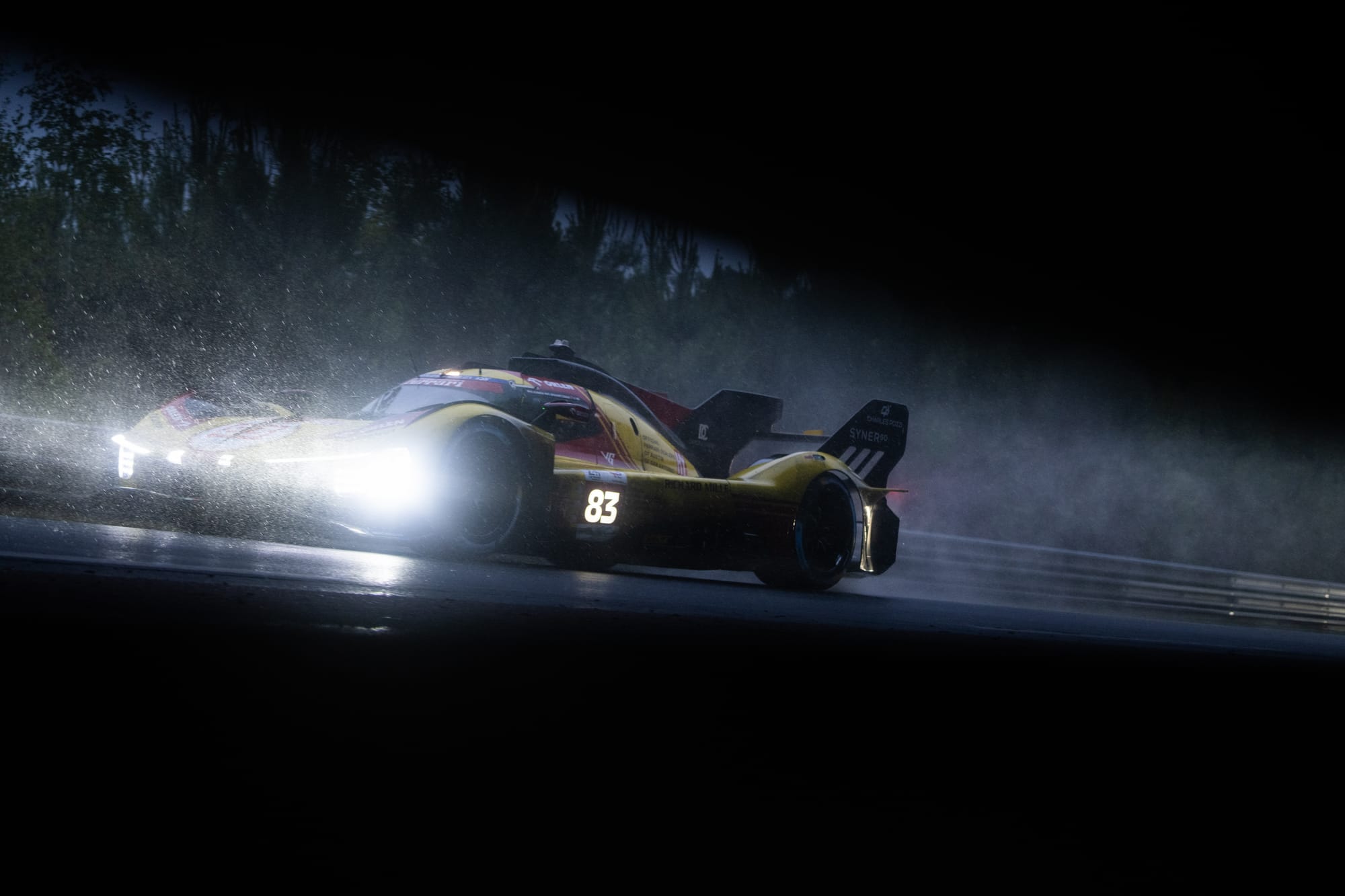
It's also worth noting that a new article was added to the LMH technical regulations last winter: article 3.8.7, concerning rear wing support deflection. This very article led to the disqualification of the #50 499P.
Beyond improving brake cooling, the Evo Joker was meant to make the 499P more versatile and thus more comfortable on twisty tracks. Clearly, by the end of last season, that was not yet the case. With title hopes dashed, the 499P faded slightly...which ultimately worked in its favour when the new season began.
"Sao Paulo [where its best car finished fifth] being a new race, maybe other teams that raced there in the past had a bit more experience, more data to start with," Ferrari's endurance race cars performance and regulations manager Mauro Barbieri told The Race.
"And Fuji is always a bit tricky for Ferrari. So maybe the second half of the season didn't give us the best tracks to express our full potential."
Winter progress
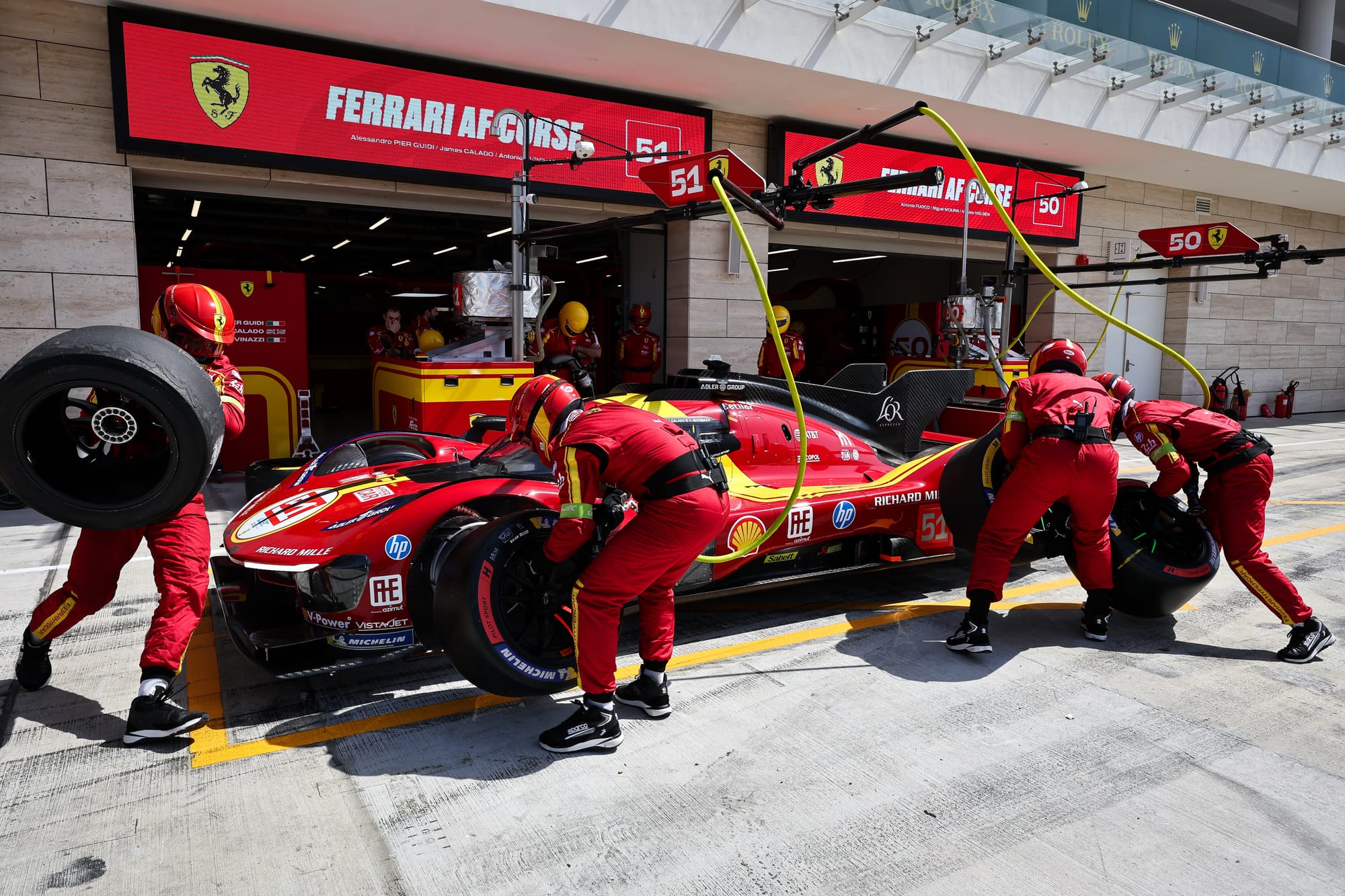
Even though homologated cars are almost frozen, the margin for manoeuvre isn't entirely non-existent. Execution, software, simulation, and understanding the full package can yield precious seconds.
"Over the winter break, we worked hard to expand the set-up window, evaluating new philosophies aimed at better exploitation of the aerodynamics on the one hand and of tyre performance in all conditions on the other," Cannizzo explained.
"To complement all this, we are committed to the continuous development of control systems. This aspect continues to improve across all areas to enhance precision and provide ever-faster responses to driver inputs."
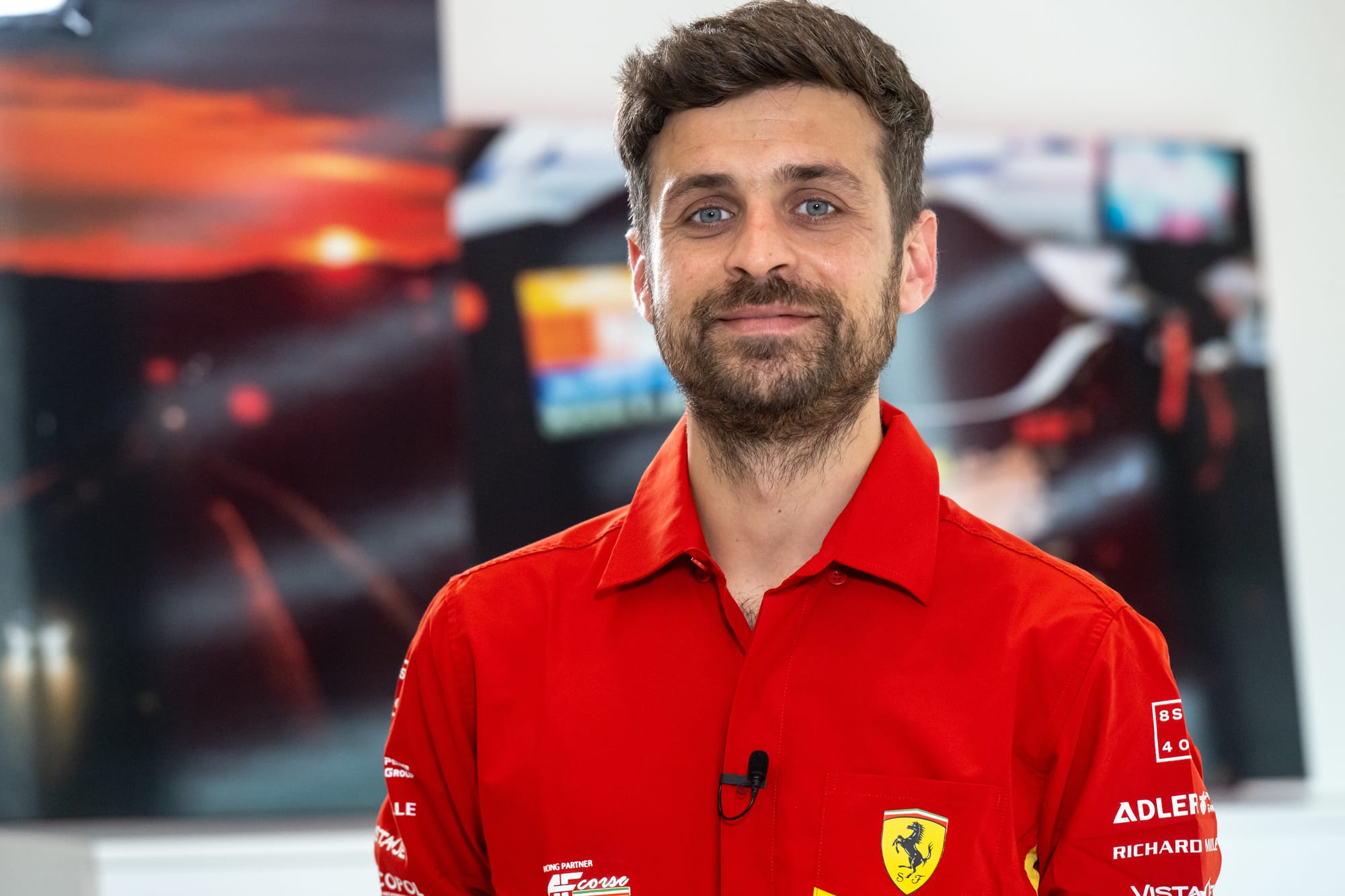
To learn more about this off-season work, we turned again to Barbieri (above).
"The first thing to improve is to understand what was not working," he said. "Over the winter you can spend more time understanding the data and analysing them.
"And then simulation is the only tool that we have to pre-test some solutions to the issues we found. It helps us to filter out some possible solutions and to optimise the track testing time by just testing the most promising options instead of trying too many different things.
"We tried to improve all areas. Not just the car but also the team, operations, software.
"On the car, even if everything is homologated, you can try different set-up concepts, different philosophies and optimise every single area of the car.
"Maybe we took a few races to properly understand the Evo Joker we introduced halfway through last season and assess how to optimise the car with these new items. Testing is quite limited so we probably needed a bit of time to completely exploit the package."
Combined with the underwhelming performance at the end of the 2024 season, the 499P's true potential appears to have been significantly underestimated by the initial BoP for 2025 - subsequently revised ahead of this weekend's Interlagos round.
This explains its domination until now, initially justified by the manufacturers' compensation in the first three rounds of 2025. But Le Mans was more surprising, as BoP is determined only by homologation parameters and an intention to equalise top speed.
Dominance by numbers
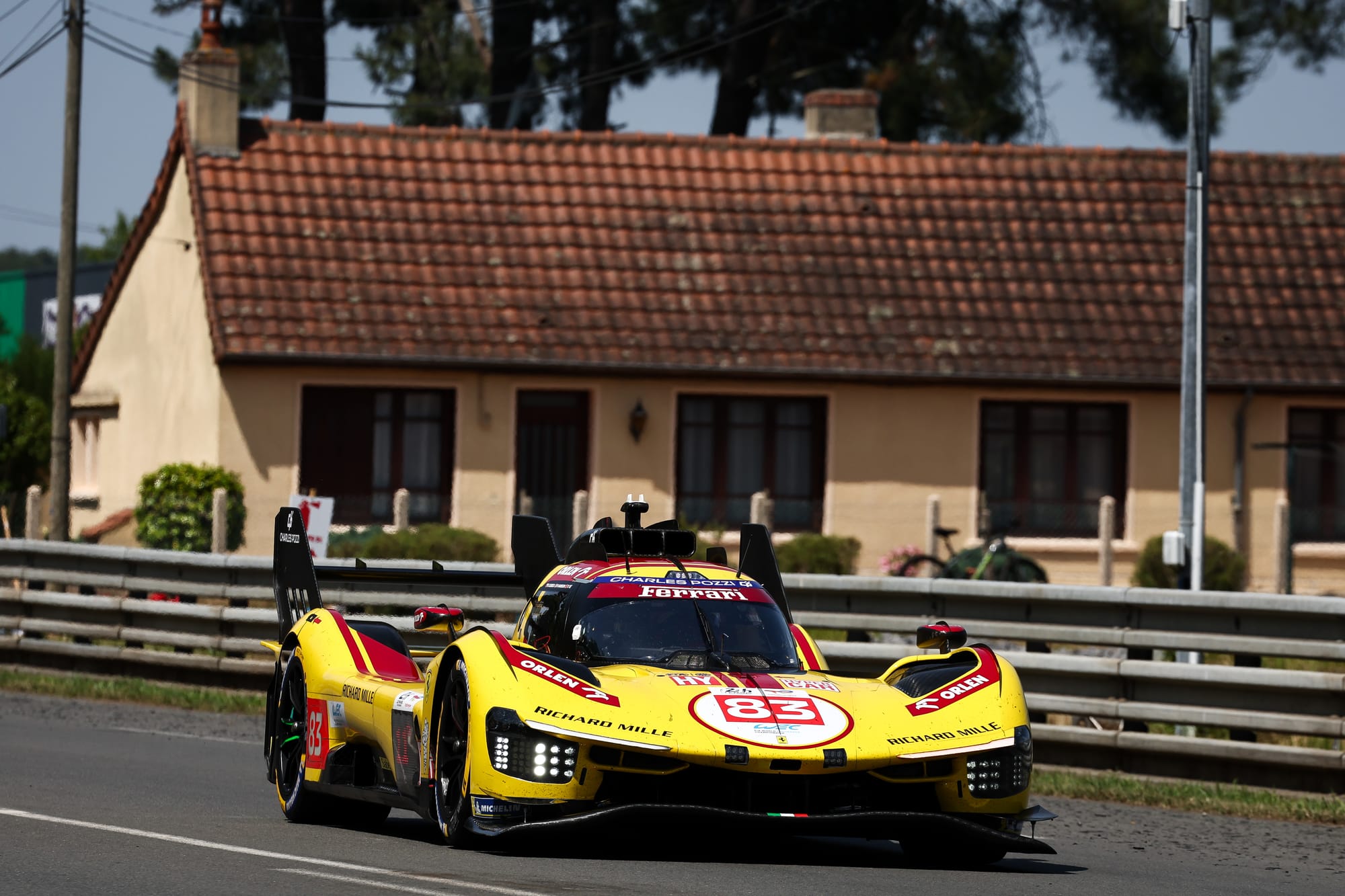
At Le Mans, from the very first laps, competitors quickly realised that preventing a third consecutive win for the 499P would be an uphill battle. Ferrari denied the favourite label throughout the week, but the outcome confirmed all suspicions.
The opening lap set the tone: Porsche and Ferrari effortlessly dropped their rivals on the straights. No top speed meant no raceability: Cadillac and Toyota were out of the fight from the start. Only an optimal tyre strategy allowed the #8 Toyota to temporarily take the lead after the early morning restart.
"We knew who was going to be on top," said Toyota technical director David Floury.
"I had announced who was the favourite, I didn't get it wrong. It's no surprise, it’s the same thing every year.
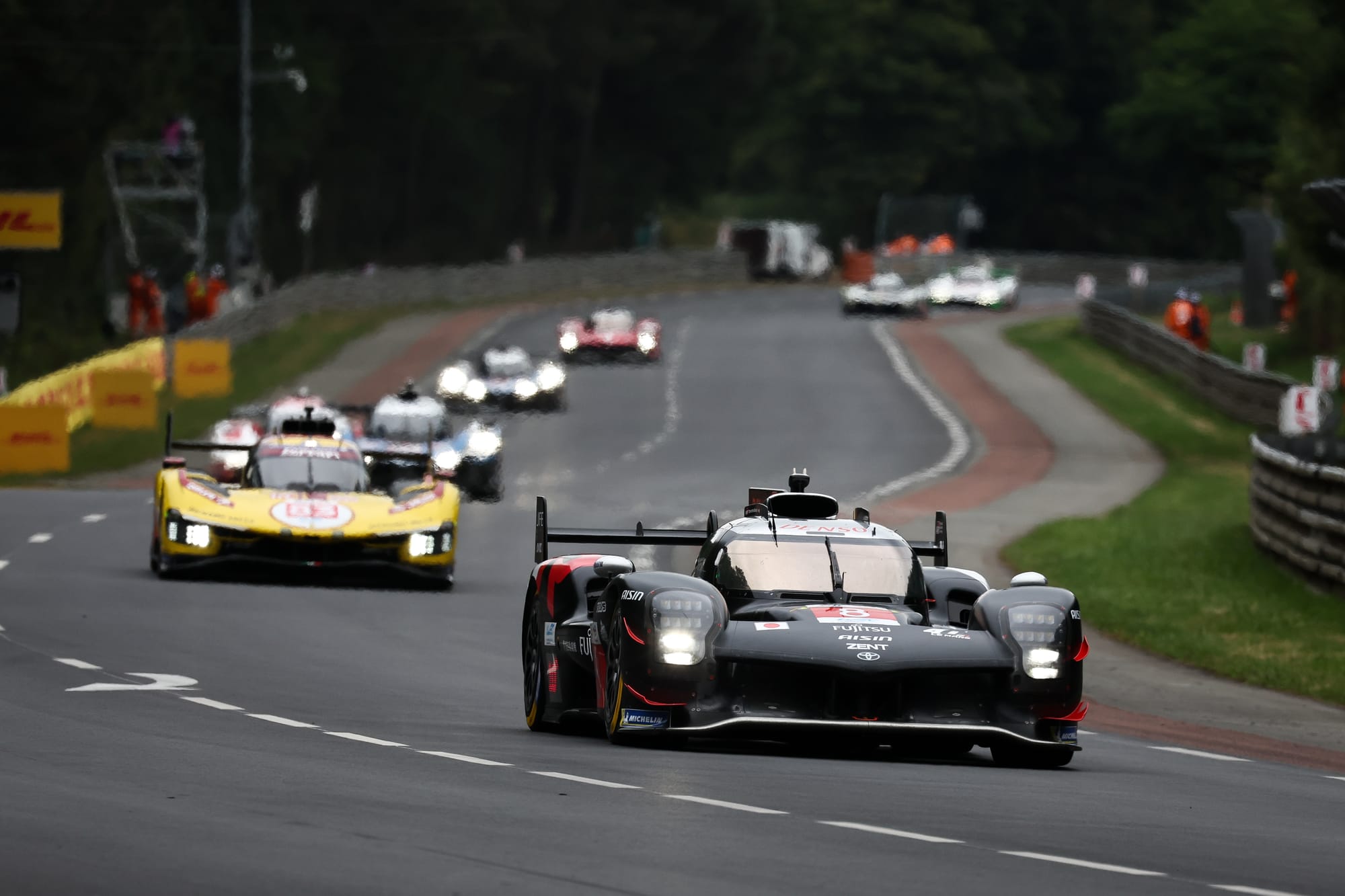
"On pure performance, there was no way we could compete."
After the race, Cannizzo maintained his analysis with conviction.
"I think some of the top speeds were clearly influenced by the fact that we raced a lot with slipstreaming and that the measured top speed could be higher for many cars," he said.
"But if you're alone on the straight, I don't think the laptime and top speed are the best in the field. Nevertheless, we found a way to be competitive, because we can't say we weren't, but it certainly wasn't easy, specifically in certain conditions, depending on tyre age and so on. We were clearly lacking performance at the end of the straights, which was a bit difficult to manage."

Yet the cold hard numbers say otherwise: highest top speed, best 60% best lap average for all three cars, best 10-lap average for all three as well. The 499P was a clear step ahead.
The 60% best laps average by driver also told the story. Robert Kubica topped the chart with a stunning 3m28.958s average, followed by five other Ferrari drivers. A top six fully monopolised by the 499P.
Where the Le Mans BoP failed
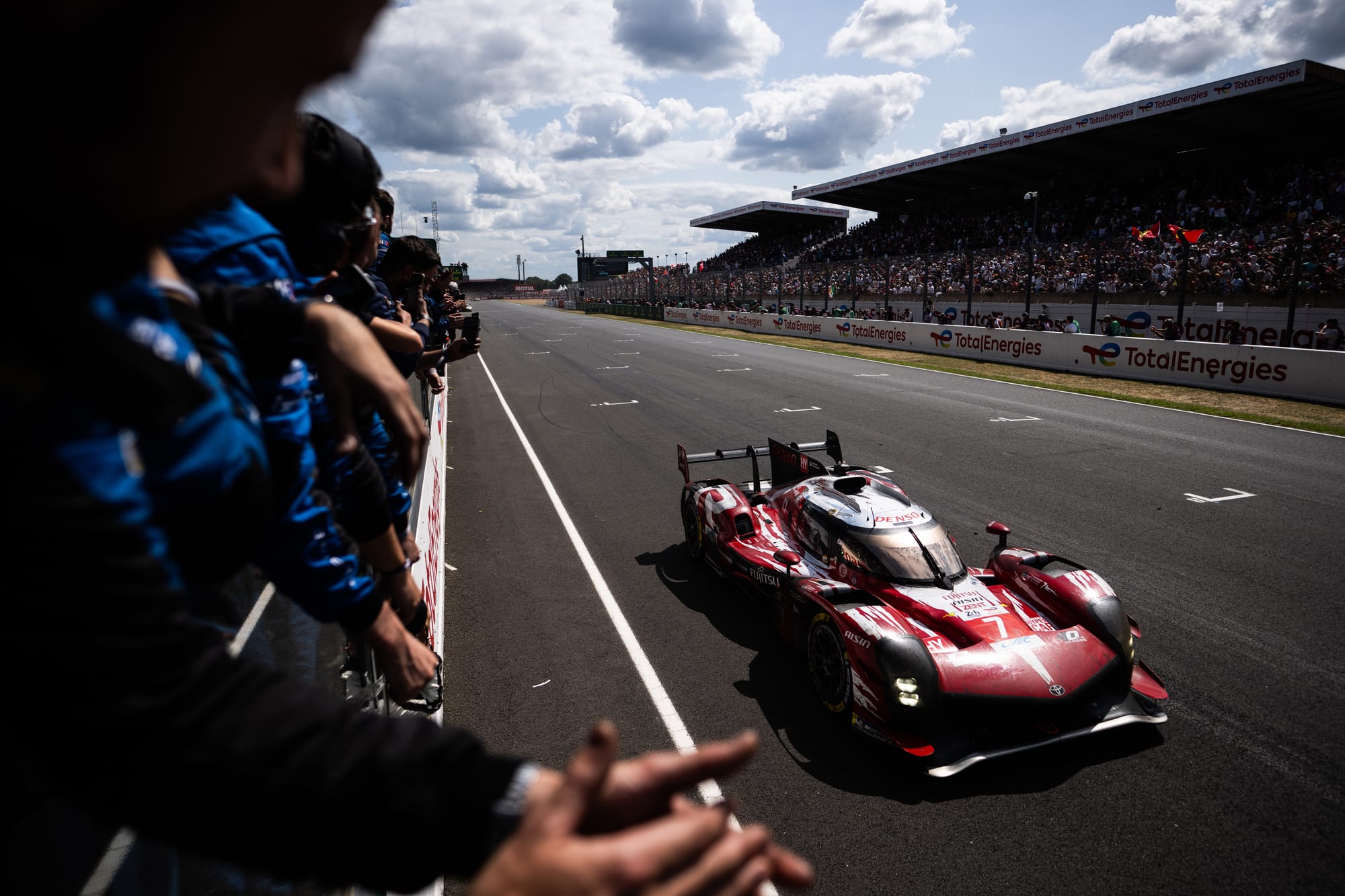
Once again, BoP and fair are two terms that remain fundamentally incompatible.
On paper, however, the BoP values didn't appear outrageous when compared to last year's figures. The only real "misunderstanding" seemed to come from Peugeot, completely sidelined with its underperforming 9X8, a car the authorities are clearly unwilling to help at any cost.
So, was the BoP botched? Not to our knowledge.
And yet, as Floury put it: "It was a two-class race: one with the cars with top speed and one with the cars with no top speed. Unfortunately, we got the wrong ticket and we were in the second class with Cadillac and Aston Martin."
This year, in addition to a BoP based on homologation parameters, the ACO and FIA were adamant that all competitors should get the same top speed. And in that regard, the plan was a complete failure.
"Using the BoP figures, we can make various calculations and simulate the performance of other teams and ourselves," explained Toyota Gazoo Racing Europe vice-chairman Kazuki Nakajima.
“But even during testing, we saw differences in straightline speed that could not be explained by simulation. There is no doubt there is something we have not found. It's something that we have to understand."
So, what exactly is Nakajima alluding to? Most likely an advantage invisible to the governing bodies when the homologation parameters were validated. Once the BoP is published, every team runs their own simulations, and none show such numbers at the end of the straights.
According to the competition, the acceleration and top speed data is consistent with mass and power for every car except Ferrari.
It's also worth noting that the works 499Ps maxed out at 340km/h during the test day, before reaching over 347km/h in FP2.
A likely attempt to initially conceal the real potential? Much like in Hyperpole, after which Cadillac driver Sebastien Bourdais quipped that "Ferrari is making fun of us", a remark that unfairly drew ridicule.
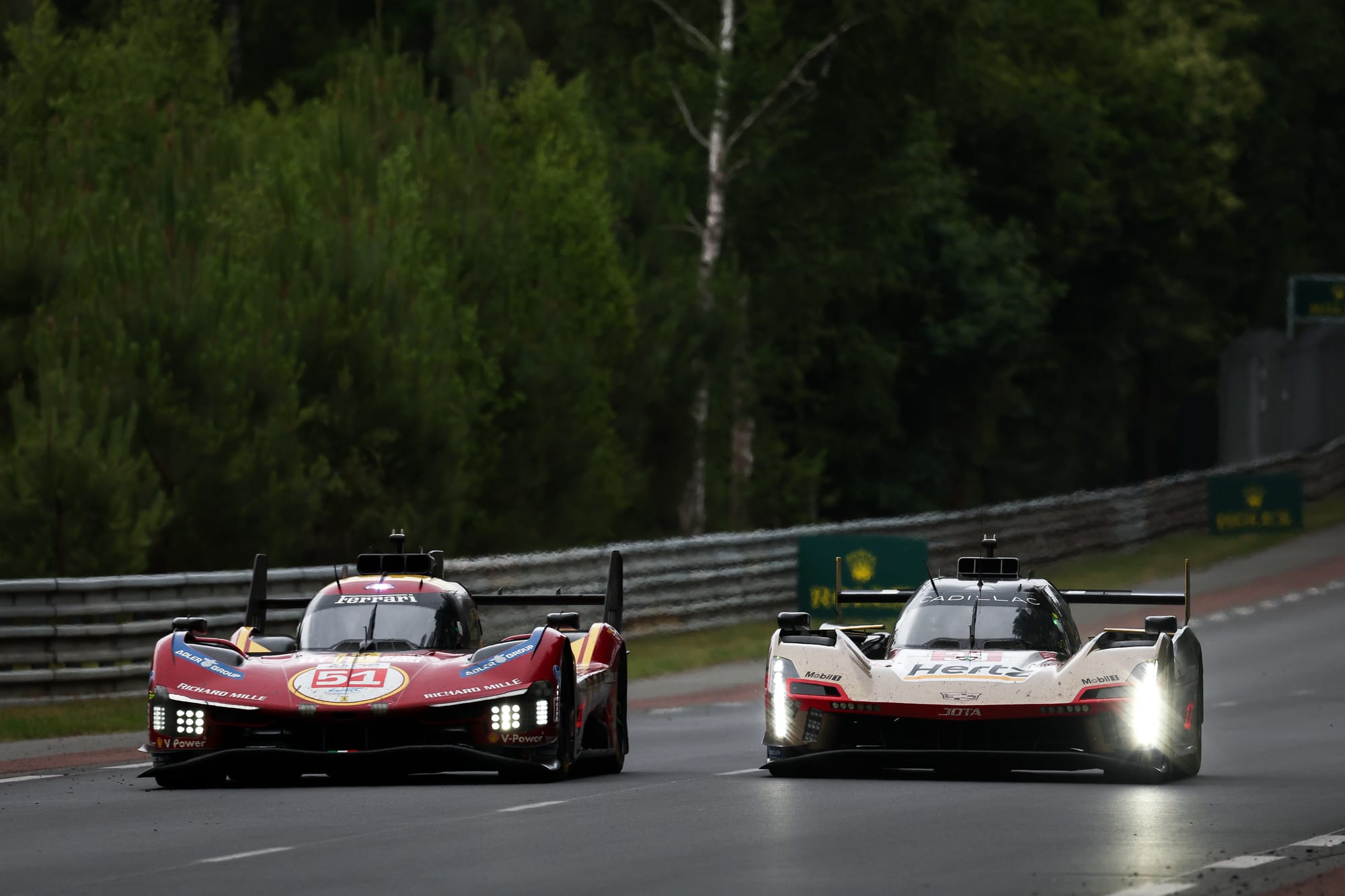
In race trim, the race-winning #83 opted for a lower ride height than the factory cars, hence its slightly lower top speed.
As a reminder, Porsche used an Evo Joker over the winter focusing on aerodynamics, with a redesigned rear section aimed at reducing drag on the 963. At Ferrari, the Evo Joker introduced at Sao Paulo last year featured new front dive planes, logically to compensate for additional rear downforce, likely increasing drag in the process.
One could argue that BoP values have increased for everyone since June 2024. The 499P had a power-to-weight ratio of 0.487 under 250km/h and a 499kW power above that threshold. This year, the ratio was 0.494 under 250km/h and power rose to over 500kW. Yes, those are improved figures, but still insufficient to explain such a high top speed. It gives the impression that the 499P is simply immune to BoP adjustments.
So where does the advantage come from? Aeroelasticity? Doubts are allowed, especially after the disqualification of the #50, which finished fourth under the chequered flag. Were the loose bolts a result of such a trick? And what about the legality of the #51 and #83?
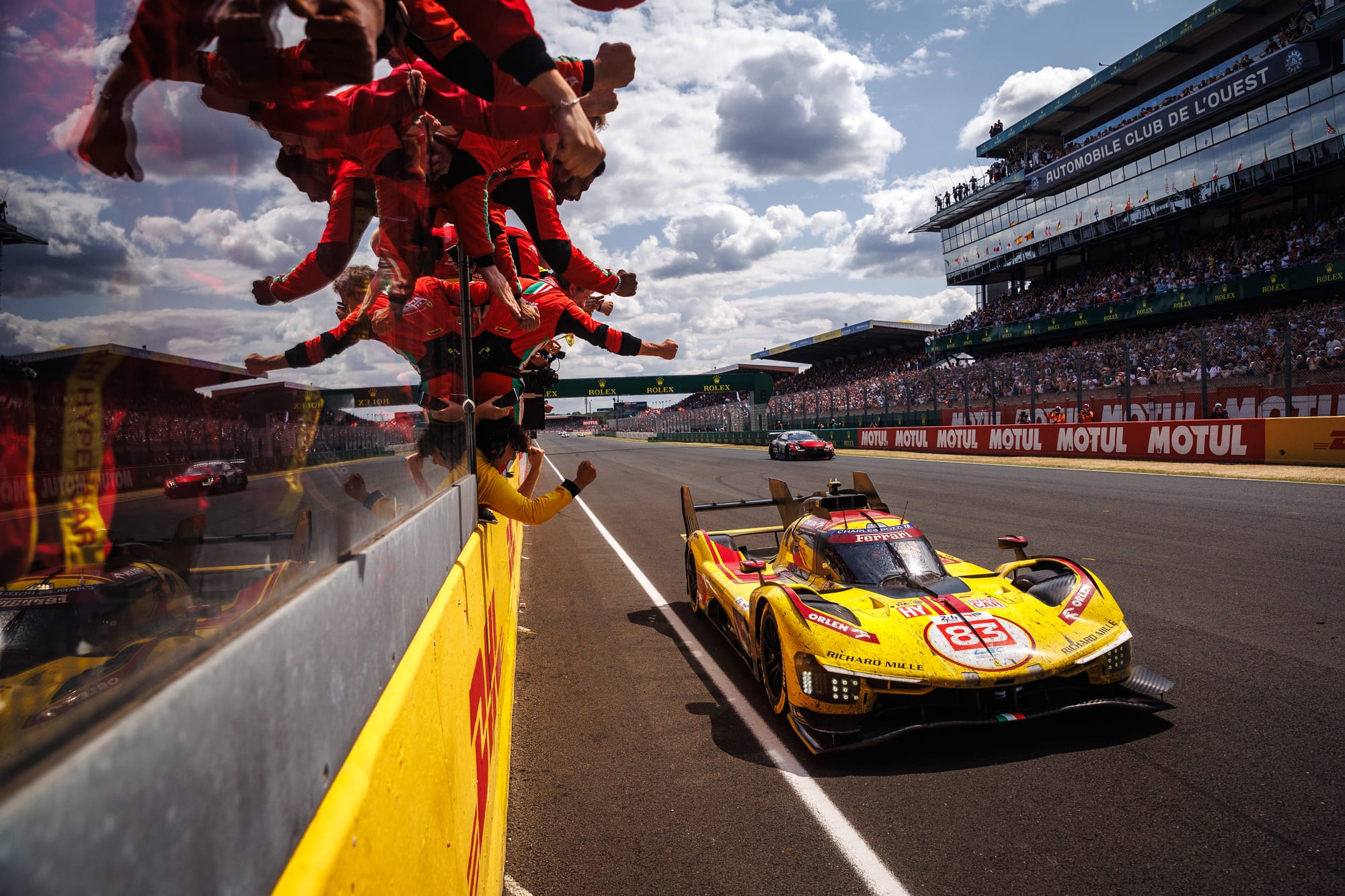
It's also surprising that bodywork deflection tests weren't part of the post-race scrutineering, especially after how prominent the topic became last year.
More than top speed, what truly baffled the competition was the 499P's ability to reach it. Despite having less power than several rivals, the LMH sometimes looked to be in a different league when accelerating out of corners. Power figures are monitored live, so if there's any issue, it would be in how power is being measured, which would imply there's a way to fool the torque sensors.
Once again, we're not questioning Ferrari's victory, but rather trying to understand how a car can be this dominant in a BoP formula. How did what was supposed to be a six-way fight turn into a half-duel between manufacturers? Whether Ferrari's edge comes from the engine or the aero, there's something that the FIA and ACO will need to understand and address.
Contrasting race executions
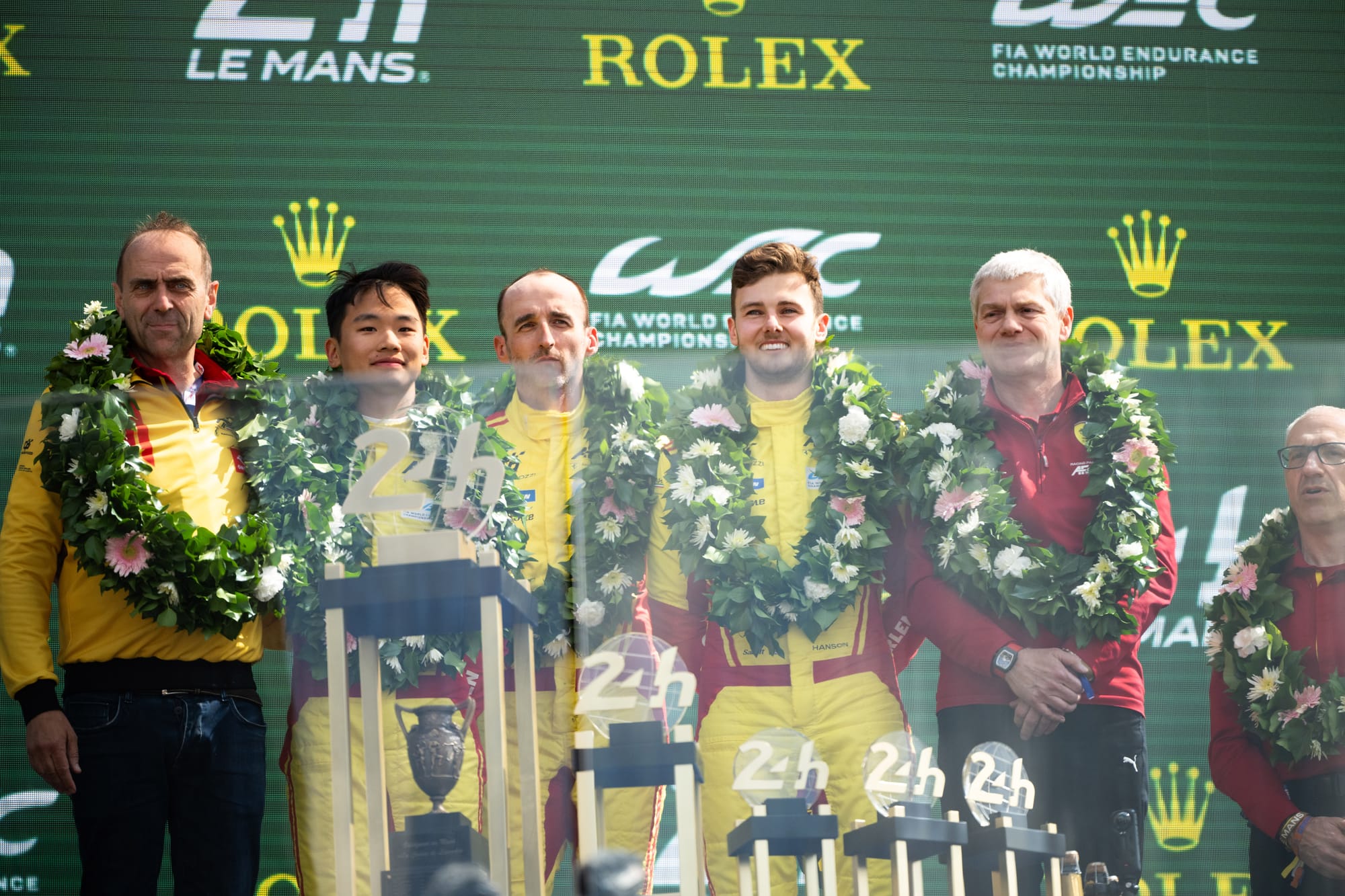
Is it even possible to deliver a perfect race at the Le Mans 24 Hours?
It's a tall order. But the #6 Porsche 963 came remarkably close. Perhaps it should have mirrored its rivals and dived into the pits when two slow zones were active on track. As for tyre strategy, it's difficult to judge. But beyond that, there was nothing to criticise.
"Whatever the strategy, Ferrari had a performance advantage," explained Kevin Estre. "They made a lot of mistakes, which kept us in the fight.
"On our side, we made none, so I think we can be proud of what we achieved. They were simply faster...it's frustrating because for the second year in a row we executed the perfect race and weren't rewarded."
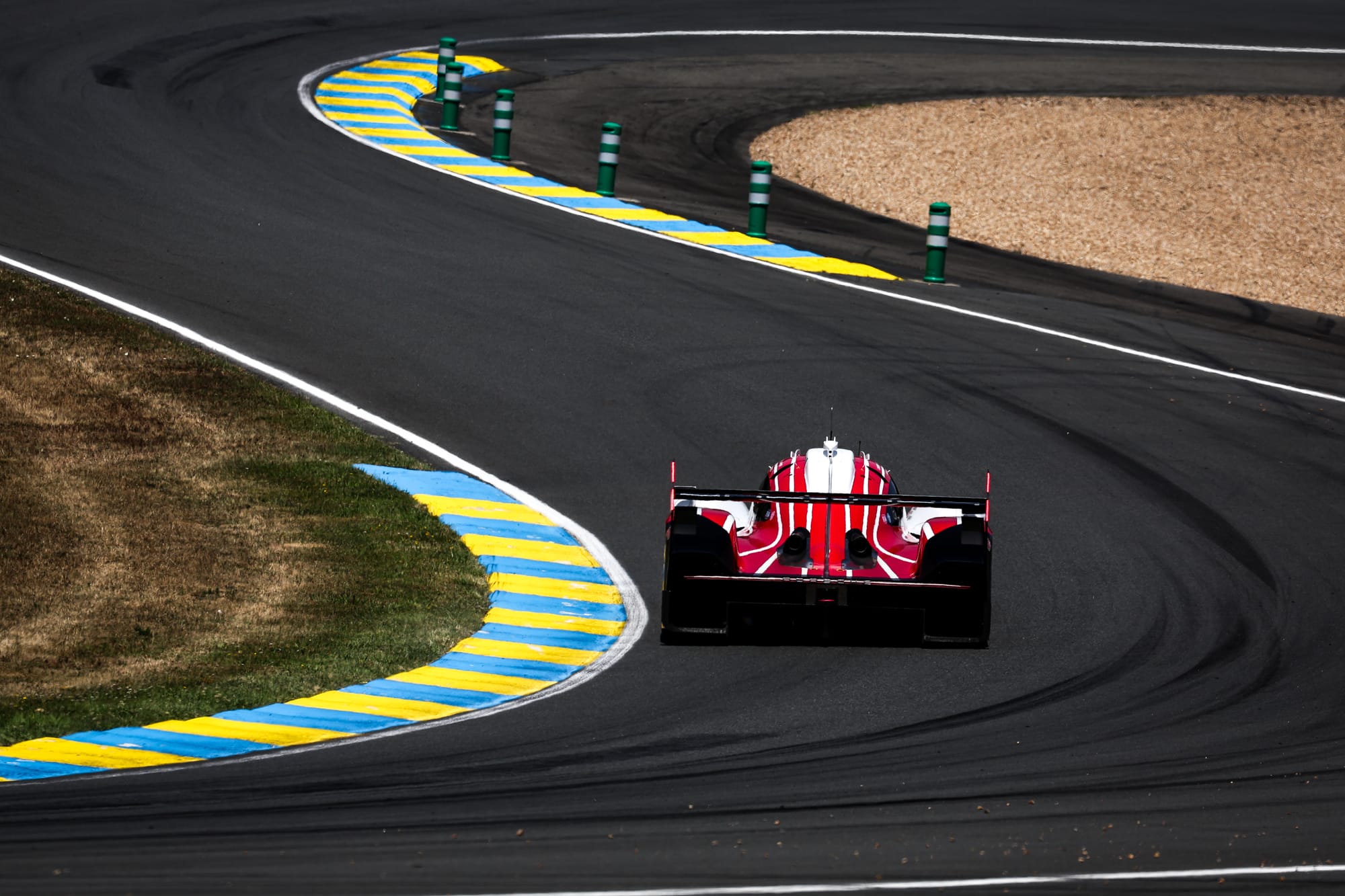
Laurens Vanthoor added: "We delivered an absolutely perfect race. What a pity!"
The frustration of the reigning WEC champion is understandable, it truly could not have executed a more flawless race.
The #6 car spent just 42 minutes and six seconds in the pitlane. By comparison, the #83 and #50 Ferraris were in for over three minutes more, and the #51 for five. All three 499Ps were hit with more or less severe penalties, not to mention Alessandro Pier Guidi's mistake, spinning in the pit entry, which went unpunished.
So, yes, they had a margin.
Alessandro Pier Guidi loses control in the #51 works Ferrari on pit-in! And loses the lead to the #83 AF Corse Ferrari. Anything can still happen in this race! #LeMans24 pic.twitter.com/VJWo0wFbB7
— 24 Hours of Le Mans (@24hoursoflemans) June 15, 2025
"I can't say they [Porsche] were perfect because they didn’t win," summarised Cannizzo, who felt Toyota "had the greatest potential" of Ferrari's competitors.
“But I think they [Porsche] had a great race. Porsche's start to the season wasn't very brilliant, but we knew they were somehow preparing for the big one. They were focusing on Le Mans rather than the other races. Porsche could have been competitive in the first three races of the season."
One thing we can now say about the 499P is that it is impressively consistent, day or night, in hot or cold conditions. Its main rival, the #6 Porsche 963, seemed more comfortable in warmer conditions, namely at the start and end of the race. But beware: it also benefited on Sunday from Ferrari's technical hiccups and unusually long pitstops, which explains the notable reversal in performance curves.
The third car made the difference
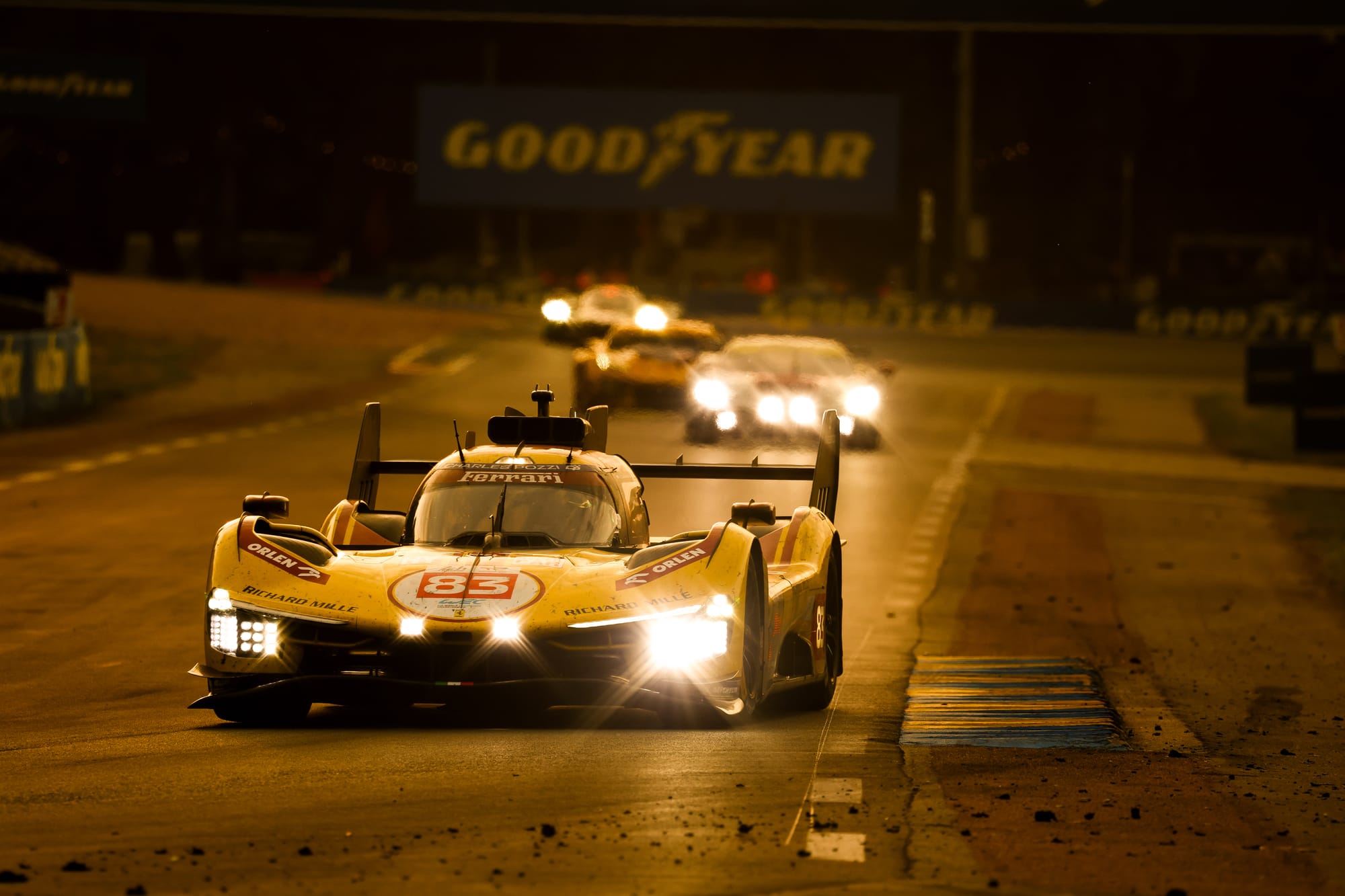
The statement seems self-evident. Even during race week, though it remained just as discreet as the two factory 499Ps, the #83 Ferrari looked more robust than its siblings.
And if any one of the three deserved the win, it was this one. First and foremost, because its drivers were more solid than those of the factory cars, consistently fast and making fewer mistakes. Phil Hanson, the first FIA Gold-rated driver to win the Le Mans 24 Hours, also delivered a perfect stint, never overdriving and staying firmly within his role.
"If the #83 won, it's because it was the most consistent," acknowledged Antonello Coletta, global head of endurance and corse clienti at Ferrari.
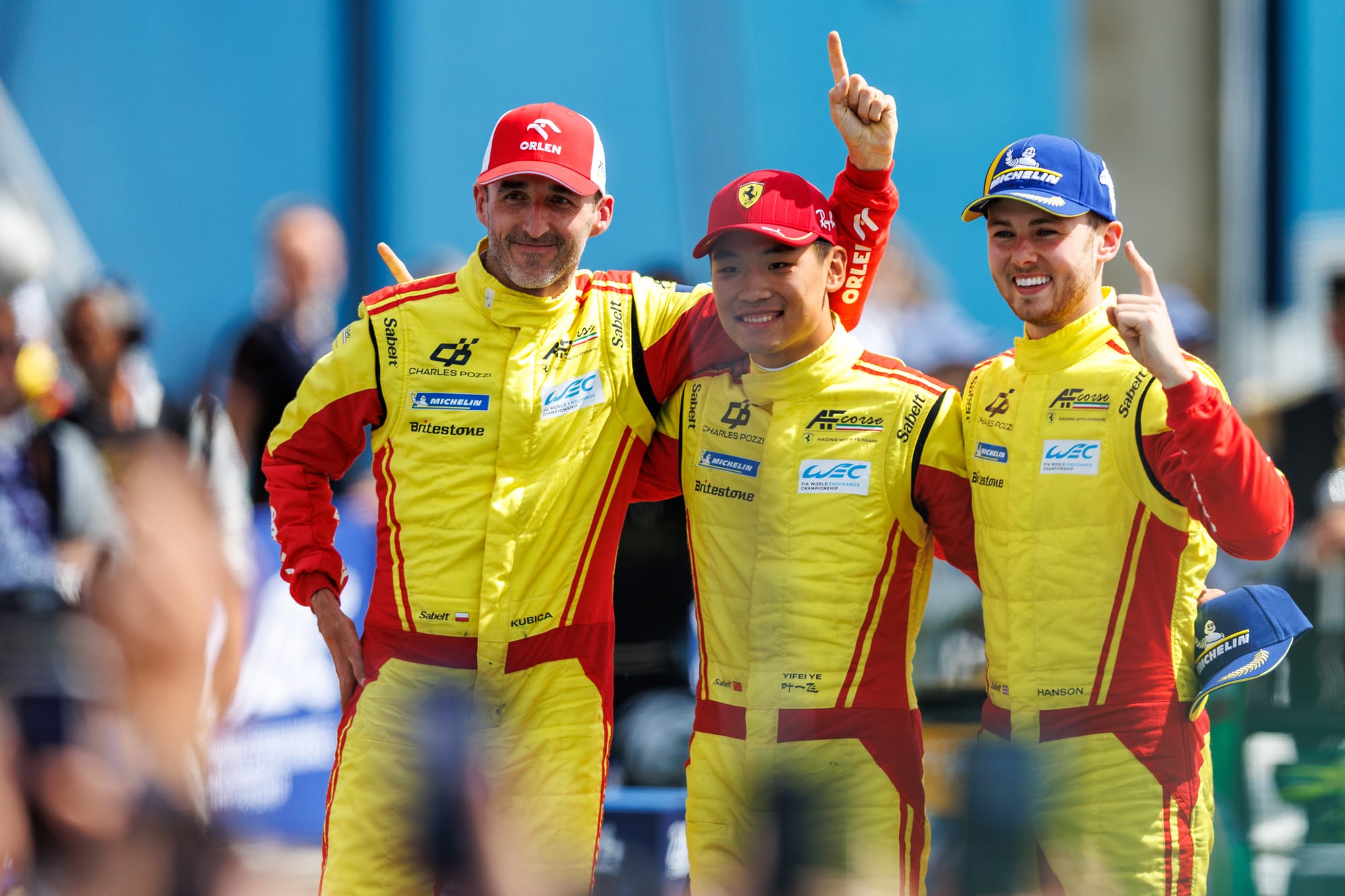
"Without the #83, we wouldn't have been able to win, because we had issues with the factory cars. Without the #83, Porsche would have won the Le Mans 24 Hours."
For the first time in the modern era, the "third car" really made the difference, fully justifying Ferrari's strategy and investment in running three LMHs in the full WEC season.
Four years ago, as they were contesting their first Le Mans 24 Hours and on the verge of winning LMP2, Ye Yifei and Kubica - with Louis Deletraz at the time - had their dreams shattered when their WRT-run ORECA 07 came to a halt on the final lap.
Last year, their Ferrari had arguably been the most promising 499P before retiring on Sunday morning with a hybrid failure. And finally, it was indeed the incredible story of the extraordinary driver Kubica that saved this 93rd edition.
Yes, the 499P was clearly the fastest car at Le Mans this year. But that alone wasn't enough: you still had to get the job done.
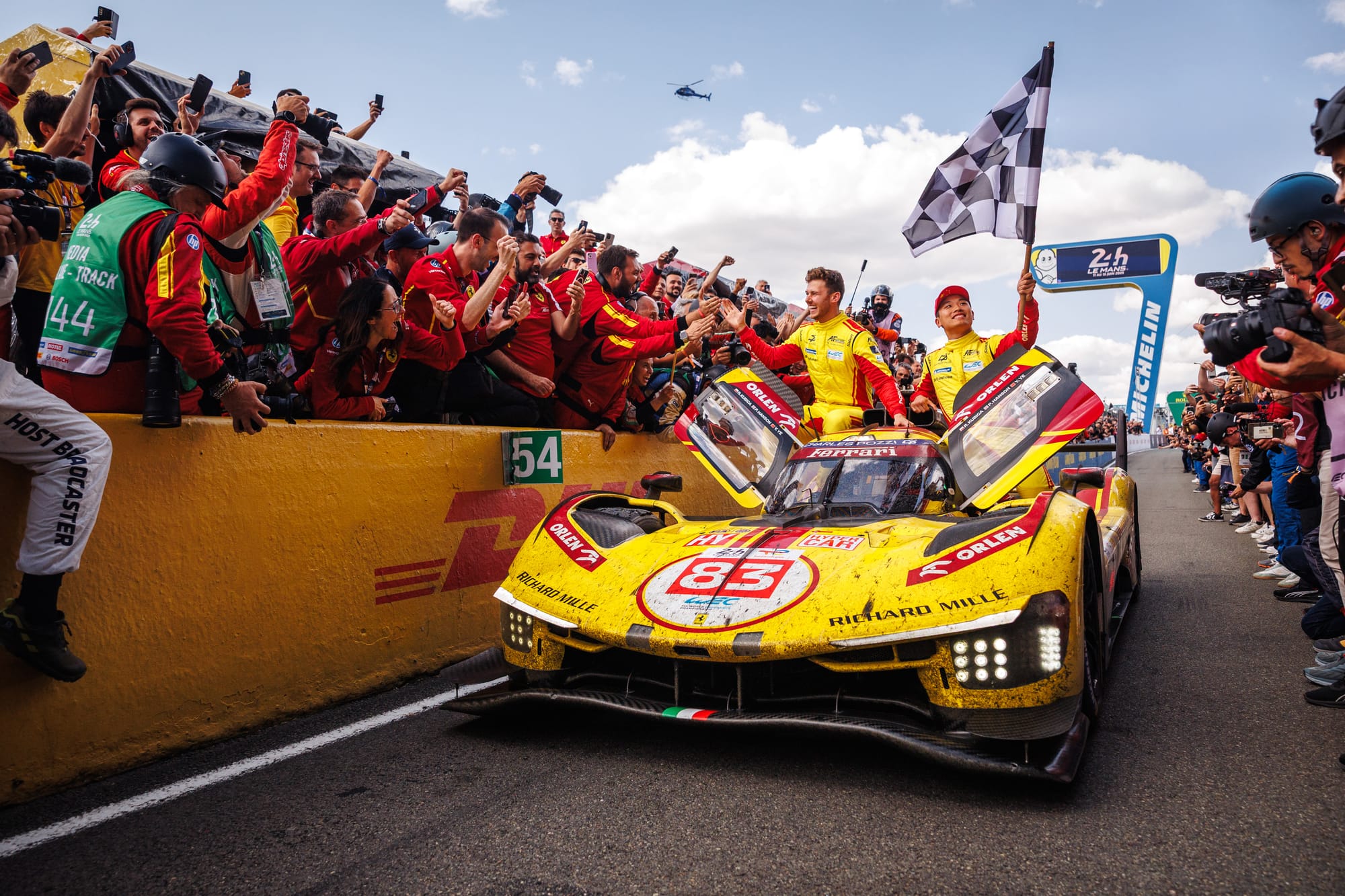
And the #83 trio, along with the AF Corse team - symbolically enough - delivered.
With slightly different set-up choices, a tad slower on the straights, but generating more downforce. Some observers even argue that this 2025 victory may well be the finest of the three 499P wins in as many years.


